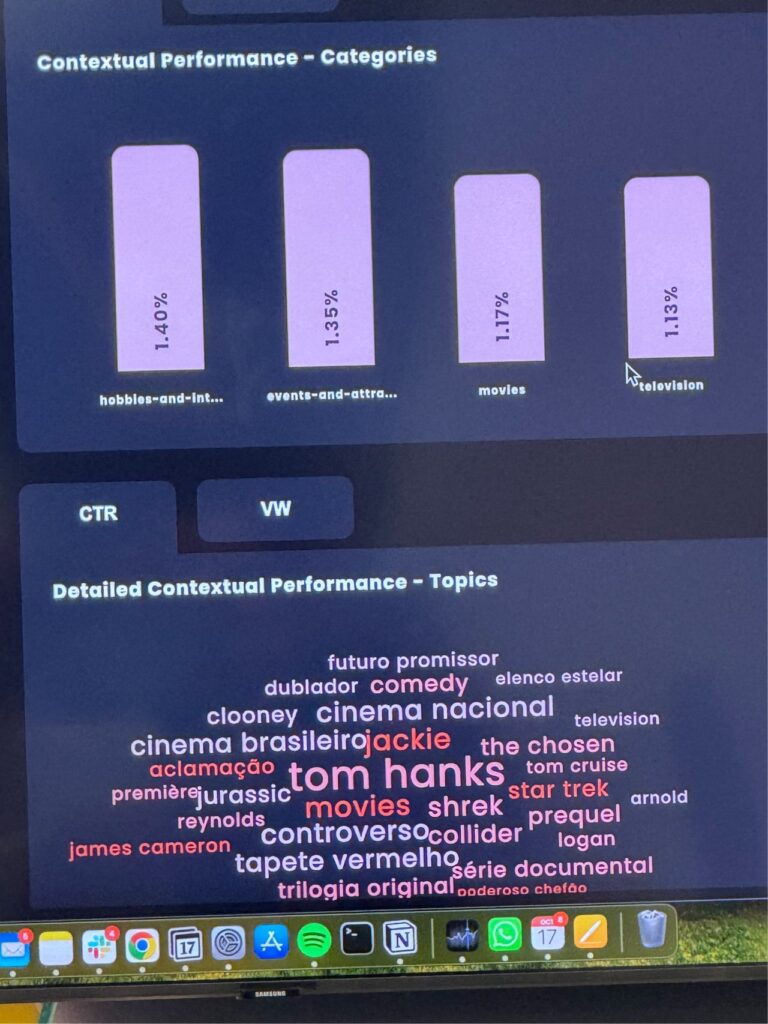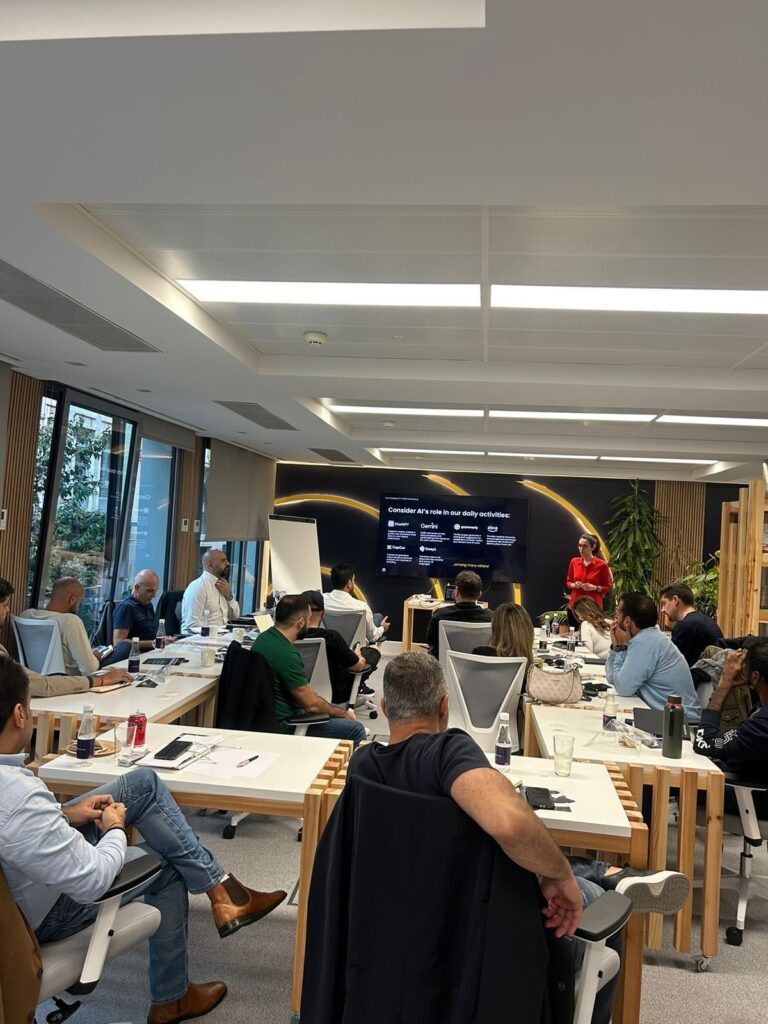Traditional media, such as television, radio, print, and billboards, historically played a key role in brand building, offering several advantages for creating broad awareness and establishing brand identity.
Traditional media allowed companies to reach large, diverse audiences, which was essential for building widespread brand awareness.
Credibility and Trust: Traditional media outlets were often seen as more credible and trustworthy compared to newer, digital platforms. Consumers tended to believe that brands advertising through established media had more legitimacy.
Emotional Connection: Television and radio ads offered the ability to tell compelling, emotional stories and create memorable experiences and stronger emotional bonds with audiences.
Consistent Messaging: Traditional media allowed for consistent, repetitive messaging. This repetition helped reinforce brand recall and loyalty over time.
Premium Associations: Only well-established or financially strong brands could afford to advertise on prime-time TV or national print publications.
The journey of media can be viewed as an evolution: from traditional channels like TV, print, radio, and OOH, to the dynamic world of digital and social media.
Traditional media focused on reaching large audiences with probabilistic targeting.
It worked.
Audiences were not divided into numerous segments; instead, joined a bigger pool and that’s what power brands are meant to be – something experienced, cherished and desired by maximum number of people.
This cohesion and collectivism – its simplicity, limited options, and low clutter allowed such campaigns to succeed despite the broad targeting approach.



Digital media, with its promise of engagement and interactivity, ushered in a two-way conversation.
It attempted to bring both probabilistic and deterministic targeting into play, enhancing accuracy.
Web 1.0 (1996-2004): The era of static, basic web pages. Ads were simple, and user interaction was minimal. Internet Explorer and Netscape Navigator dominated,a read-only, decentralized web.
Web 2.0 (2004-2016): The participatory web, where two-way communication flourished. This period saw the rise of social media and centralized platforms where users created accounts, shared data, and joined a vast ecosystem. This marked the rise of cohort-based targeting—segmenting users into categories.
This rigid bucketing often resulted in duplication or missed opportunities. Over-segmentation risked excluding potential users who didn’t fit neatly into predefined cohorts.
Web 3.0: We’ve now entered a new phase—the portable, personal, and semantic web, all about content consolidation, behavior-driven experiences, and the rise of AI to fine-tune performance.
The promise is massive, aiming to reach billions of users with greater personalization & precision.
A balance between precision and broad reach remains key.
